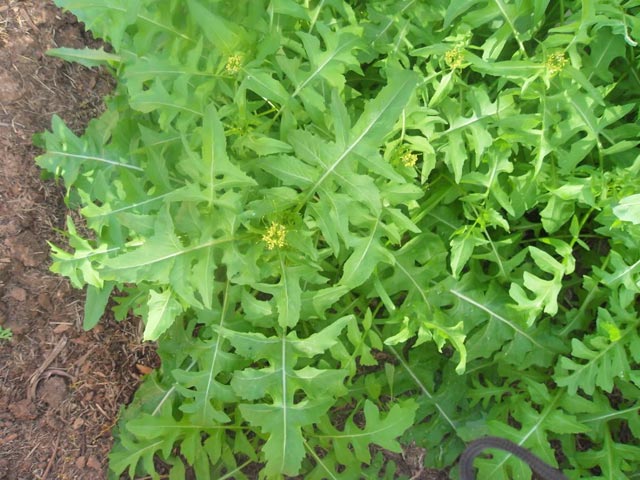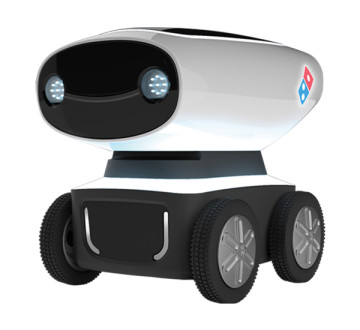What Is a Weed?
A weed is a plant that grows where you don’t want it. Well, our entire front yard is overrun by a plant I call a weed, ’cause I don’t want it, as it is crowding out everything else. I was in the belief that the plant in question was ‘Russian knapweed’, aka Rhaponticum repena, an invasive species that is on the USDA list of noxious weeds. But Emma Stahl-Wert, landscape specialist with the Watershed Management Group and the subject of last week’s interview, set me straight: it is actually Rocket Mustard, also known as London Rocket or Sisymbrium iro. So you could say I have a beef with mustard.

Rocket Mustard is not native to the US; it comes from Europe. However, it is not on the USDA’s list of noxious weeds, perhaps because they haven’t seen my front yard.
My wife is all in favor of poisoning the lot of them. But that has the disadvantage that it also kills anything else if applied with the broad brush, which is the common approach.
Bad For Bees
All these herbicides, moreover, cannot be good for the pollinators either. The population of honey bees is dwindling at a terrifying rate across the globe, all the more terrifying because the first crop to suffer from the bee shortage is coffee, which contributes significantly to the production of the Weekly Green. You may have noticed that the price of coffee is on the rise. So is the price of honey, to the point that bee-hive theft is becoming an undertaking of organized crime.
To bees, there are no weeds. The plants emerging in early spring provide the food they need when they come out of hibernation. From that perspective, it would be well to leave things as they are. But then the Rocket Mustard would probably make the USDA list in the near future, spreading the way it does.
The thing to do then would be to pull it after it flowers, but before it goes to seed. That is a very narrow window of time. You’d have to keep a sharp eye on it to determine the right moment. Who has time for that? And who has time to pull them all by hand? And even if you did, how to know which to pull and which to leave alone?
There are quite a lot of sites with extensive plant listings, such as the Natural Resources Conservation Guide at USDA.gov, the Arizona State Univertity’s SEINET, FireflyForest.org, and Invasive.org. However, to the layperson the problem with most of these sites is that you have to know what you’re looking at BEFORE you can get to the picture. For people like me, who do not know their knapweeds from their rockets, or their deer grass from their buffalo grass, it should be the other way around, really. If you happen to know of a botanical site where you can identify plants by image rather than by botanical features, please drop a line to [email protected].
The Cooperative Extension of the University of Arizona does have a visual identification feature. However, the images are very small, so that you still have to click on them piecemeal to clearly see the characteristics of the plant you’re trying to ID.
Even if identification is not a problem, there remains that most of us just don’t have the the time to spend several hours to clean the ground by hand and have to opt for herbicides.
Robots to the Rescue

But that may not much longer be the case, as robots take over more and more jobs. Even pizza delivery is not safe: tests are on the way in New Zealand with a pizza delivery robot, basically an insulated chest on wheels and equipped with GPS. It is good for business: robots do not demand higher wages, do not get sick or pregnant and do not require health insurance. The question is of course how people might still earn an income. The World Bank has an interesting article on this development at bogs.worldbank.org/jobs. But let’s think that there is an acceptable solution – then we will have all the time in the world to become skilled garneners and treat the Earth the way it should be treated.
By the way: Russian knapweed is not edible, but Rocket Mustard is. Beware though when you try it: it is very spicy!
Please leave comments, inquiries and suggestions on the Weekly Green Facebook page or email us at [email protected].
(Broadcast 4:23)
Your generous support is the life blood of the Weekly Green and your community radio station KXCI.
KXCI’s spring membership drive is at hand and will last through April 8th. Please call 520-623-1000 or go to KXCI.org to make a pledge.
Thank you!

